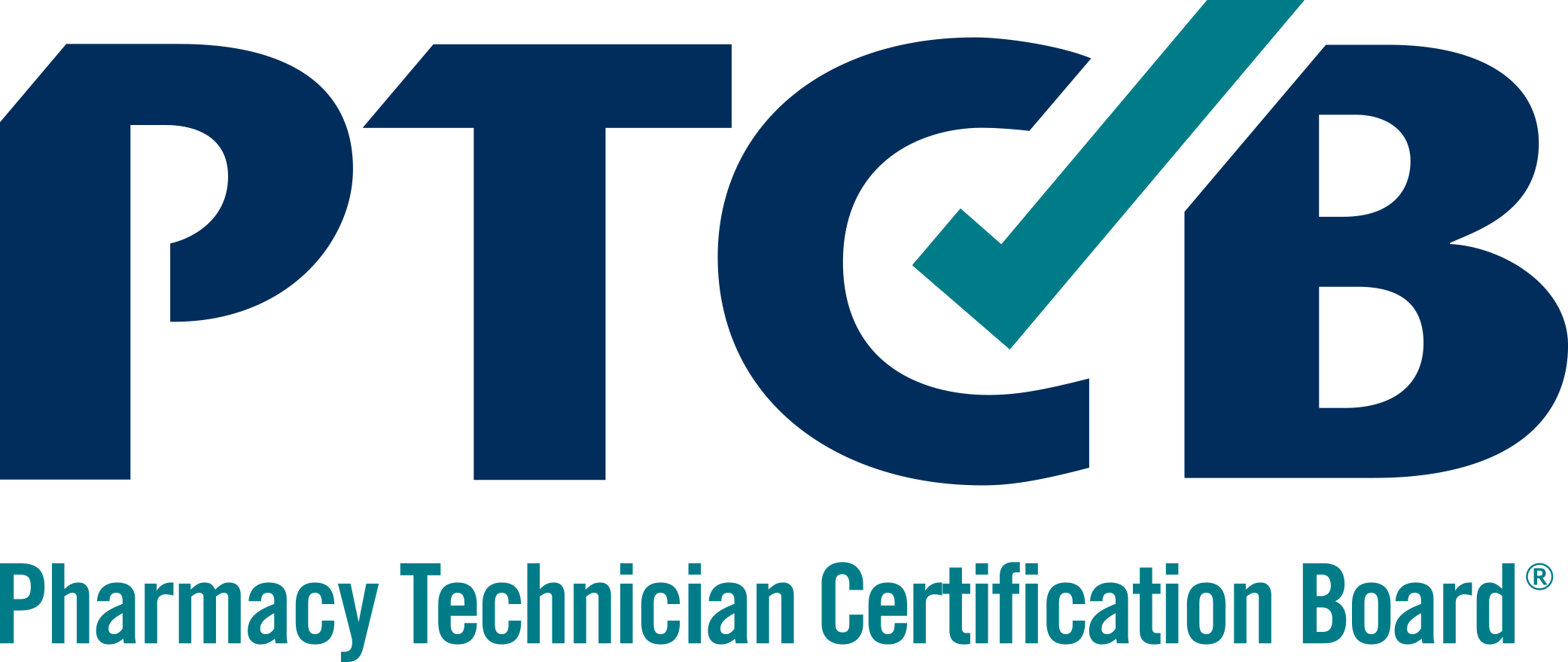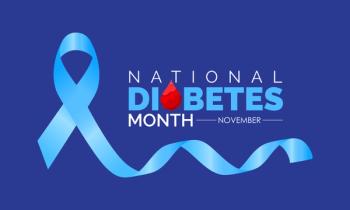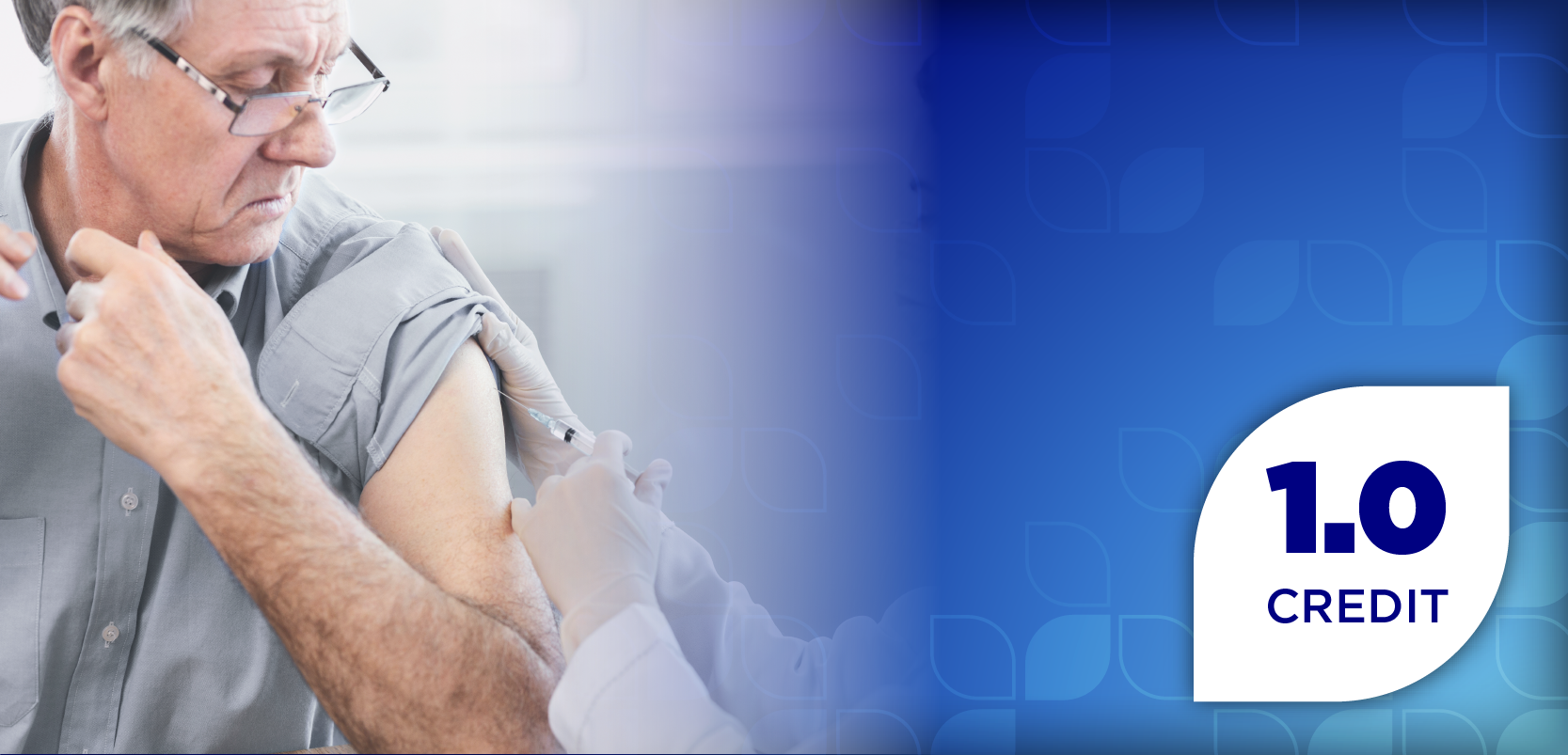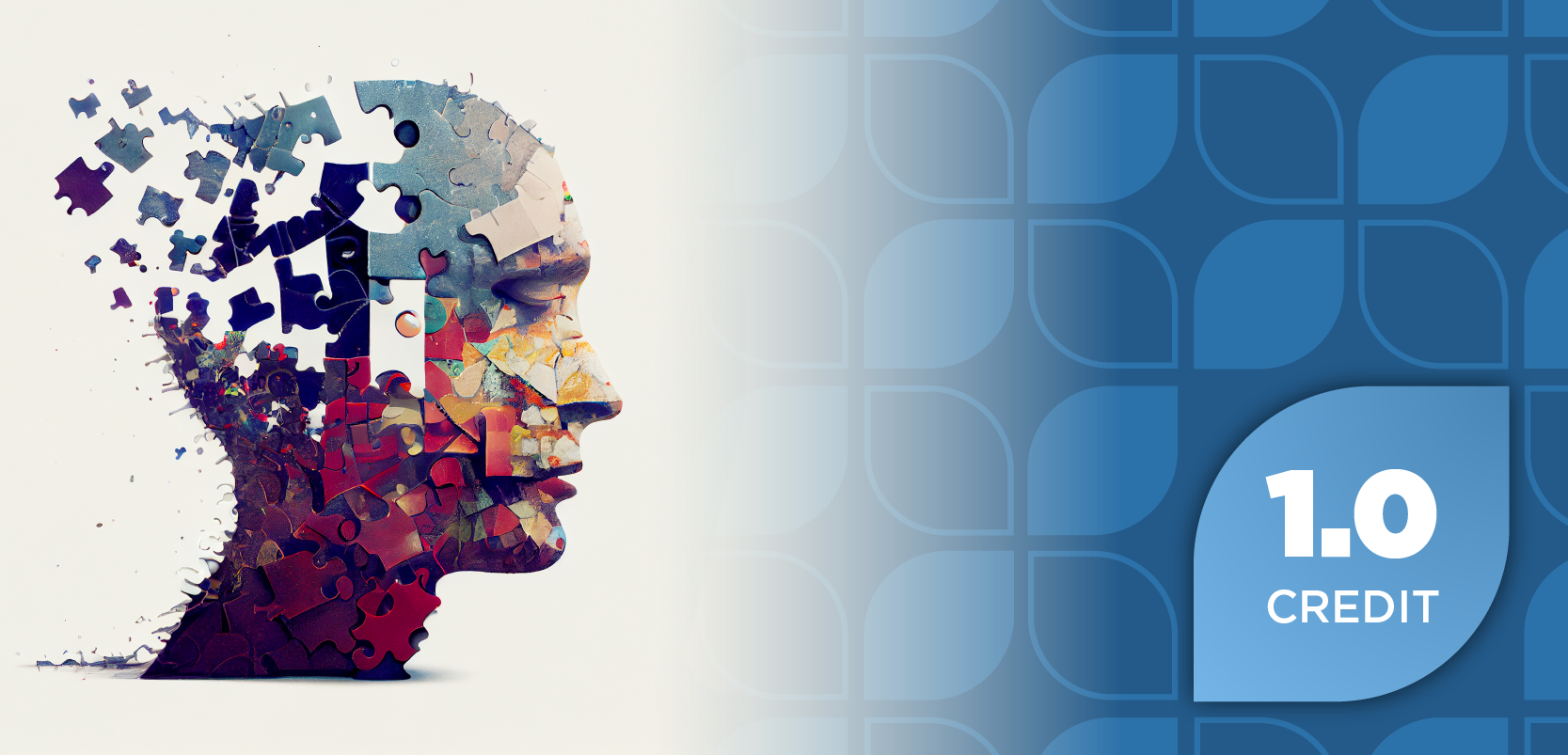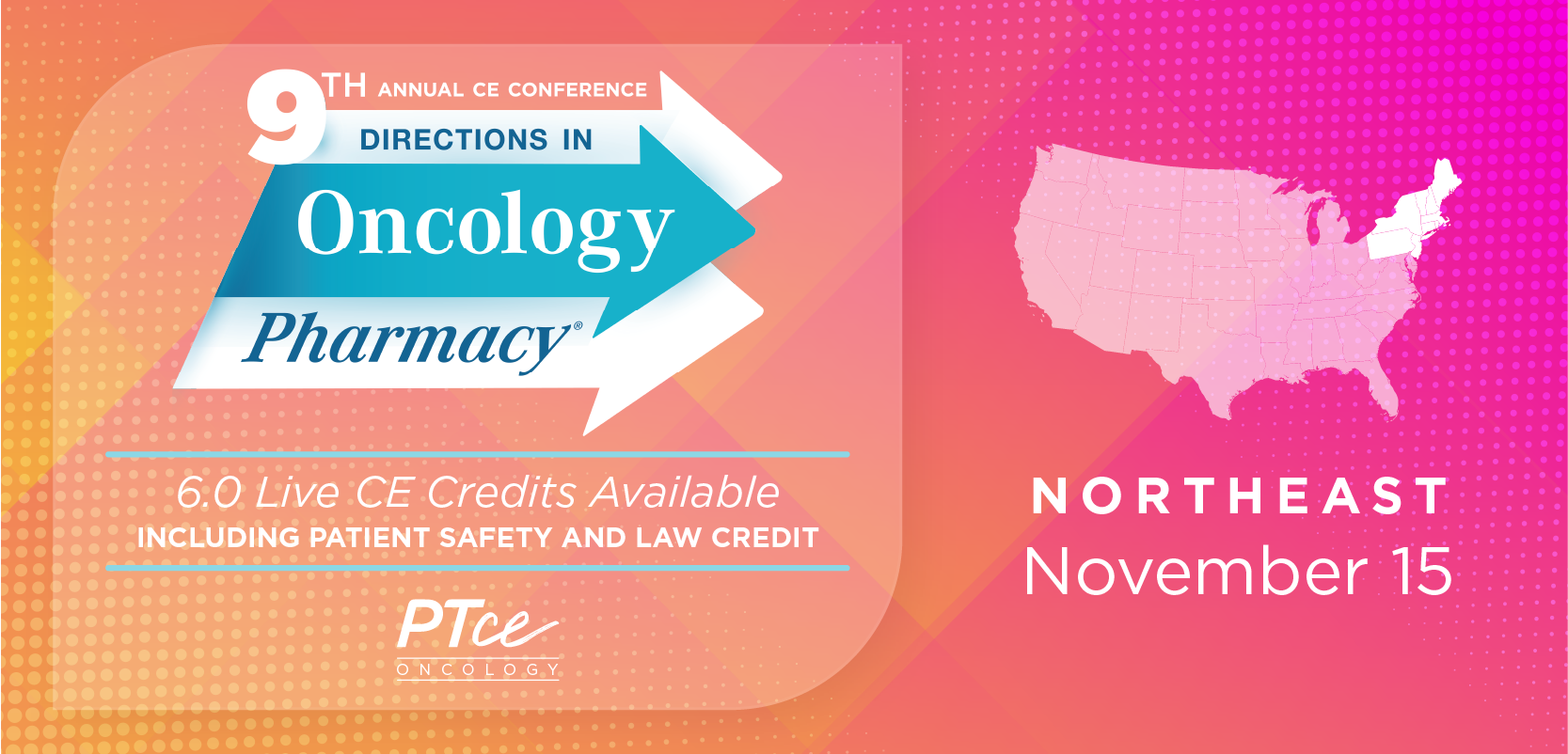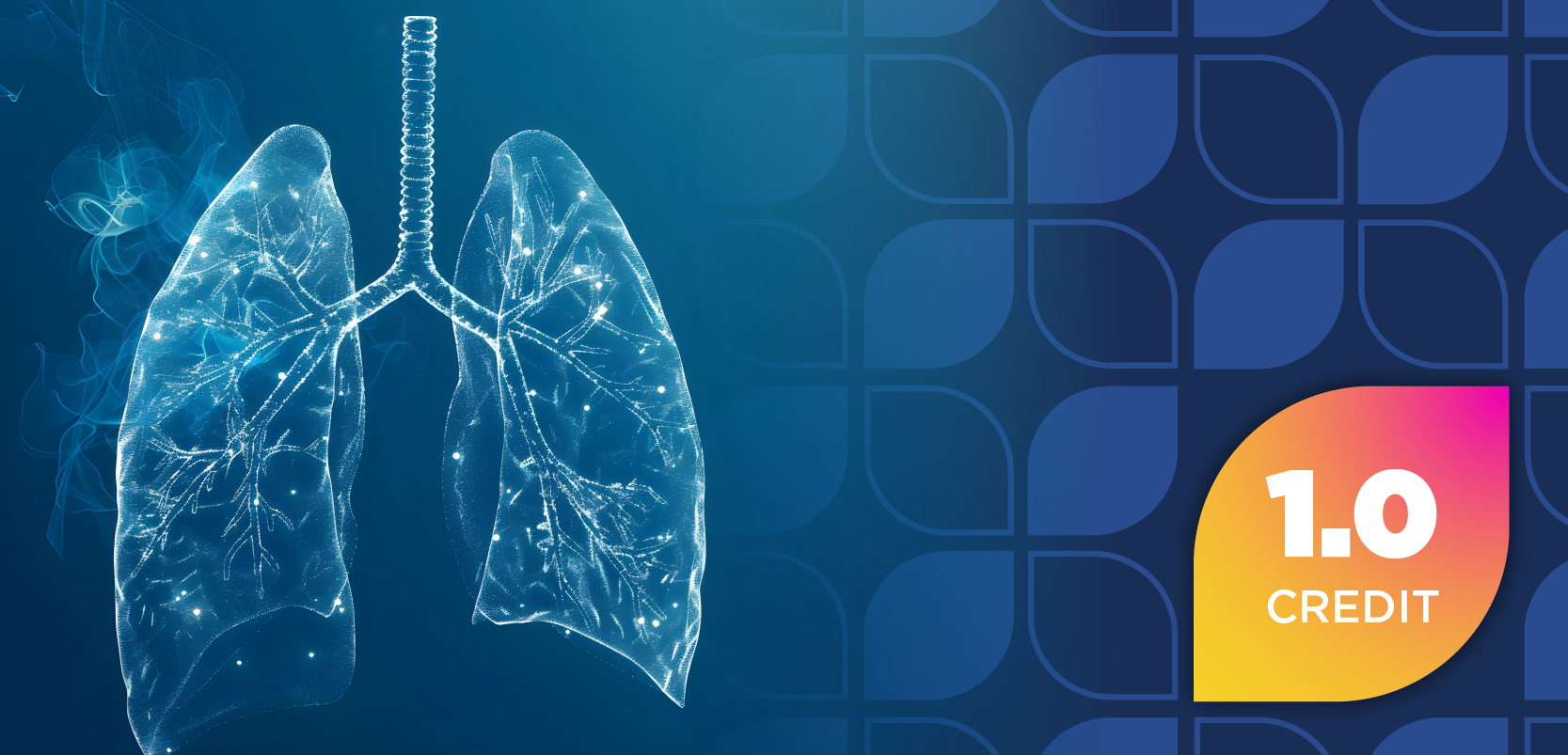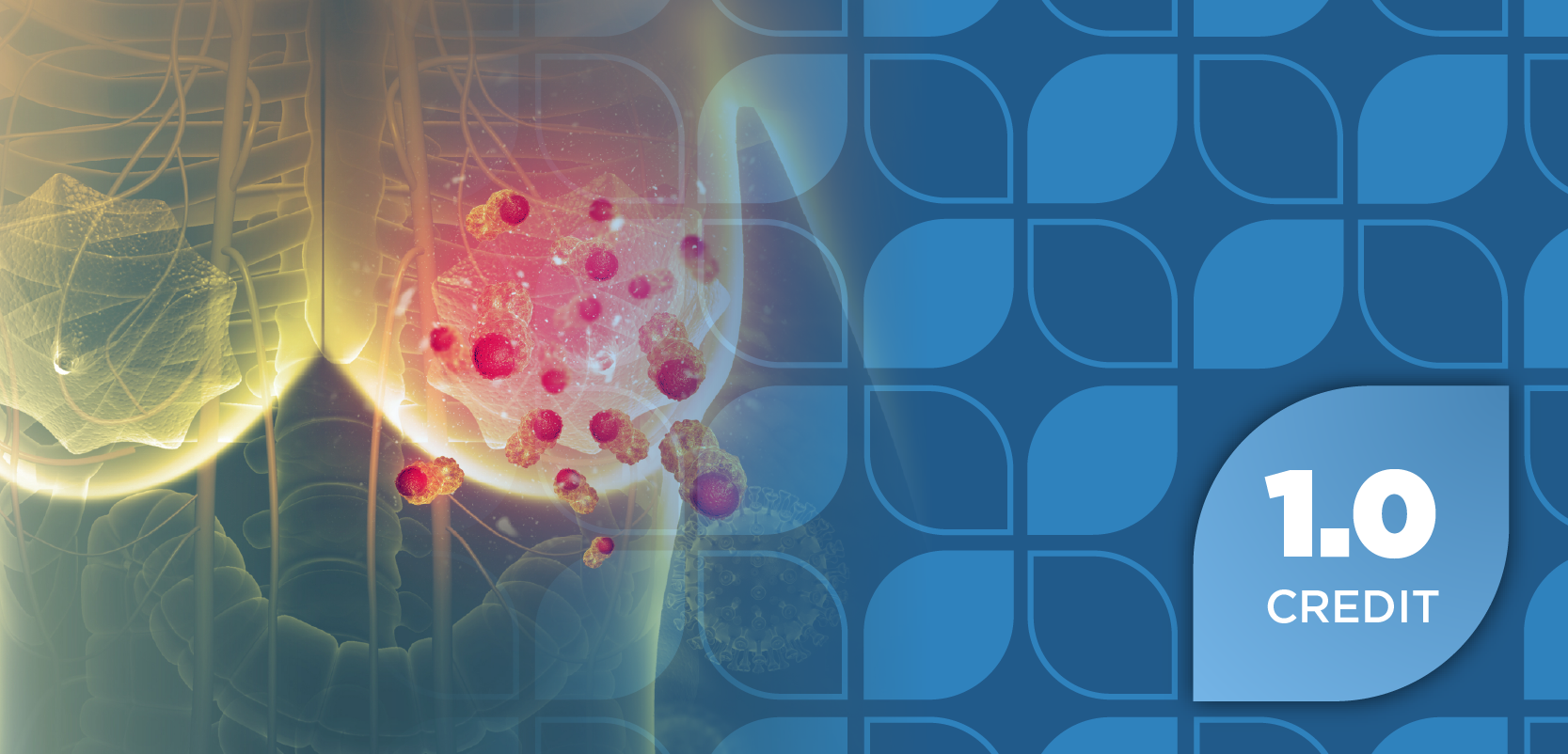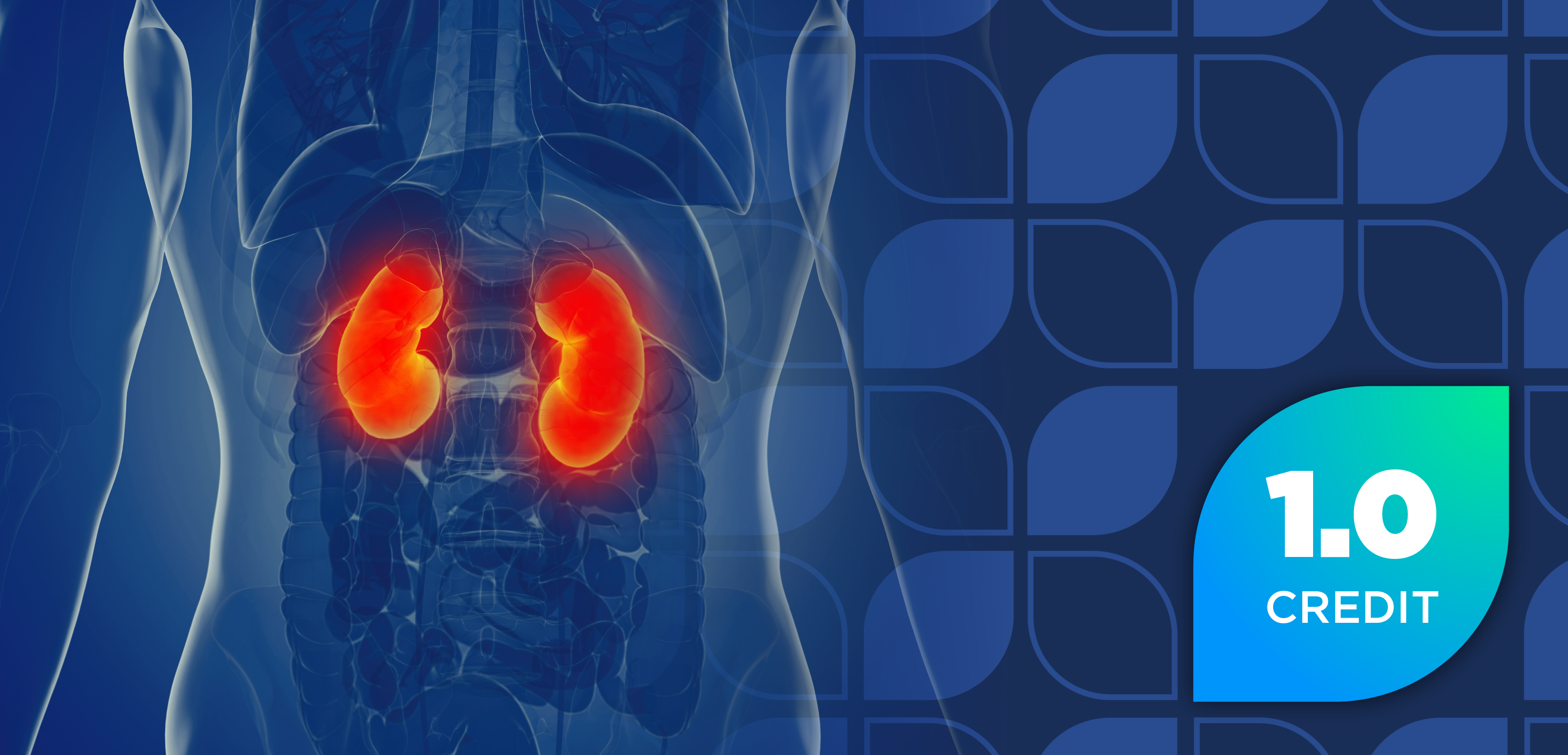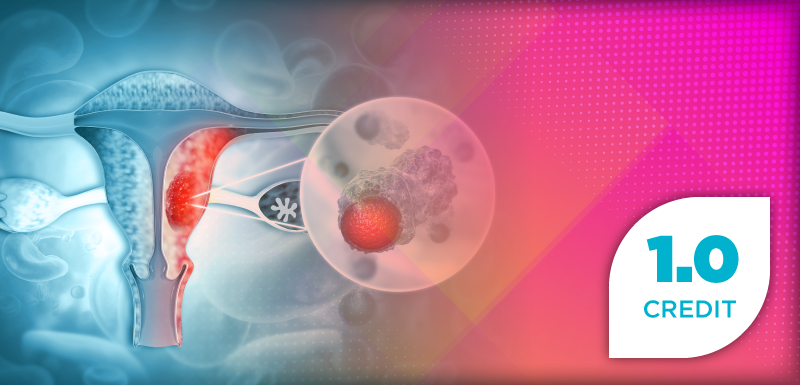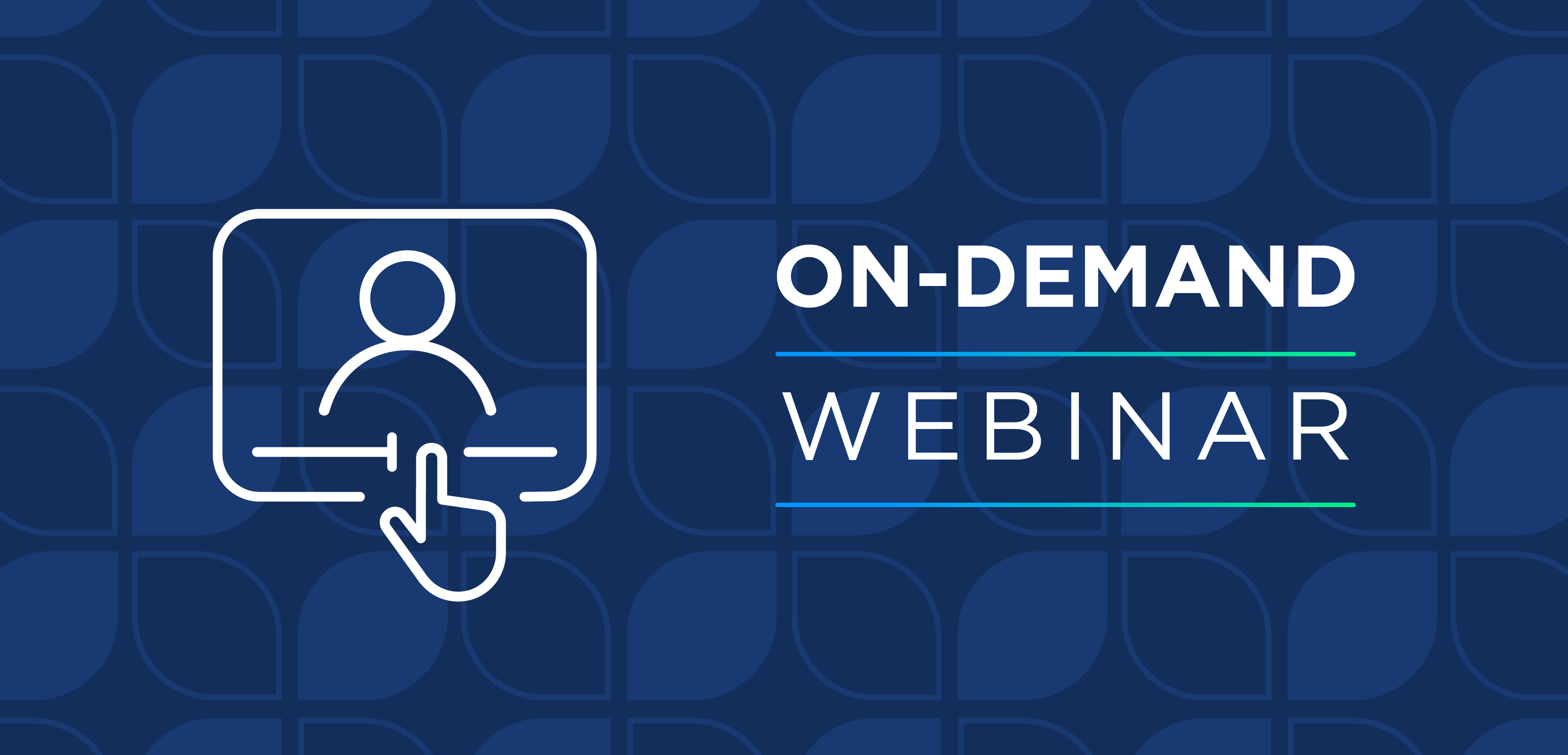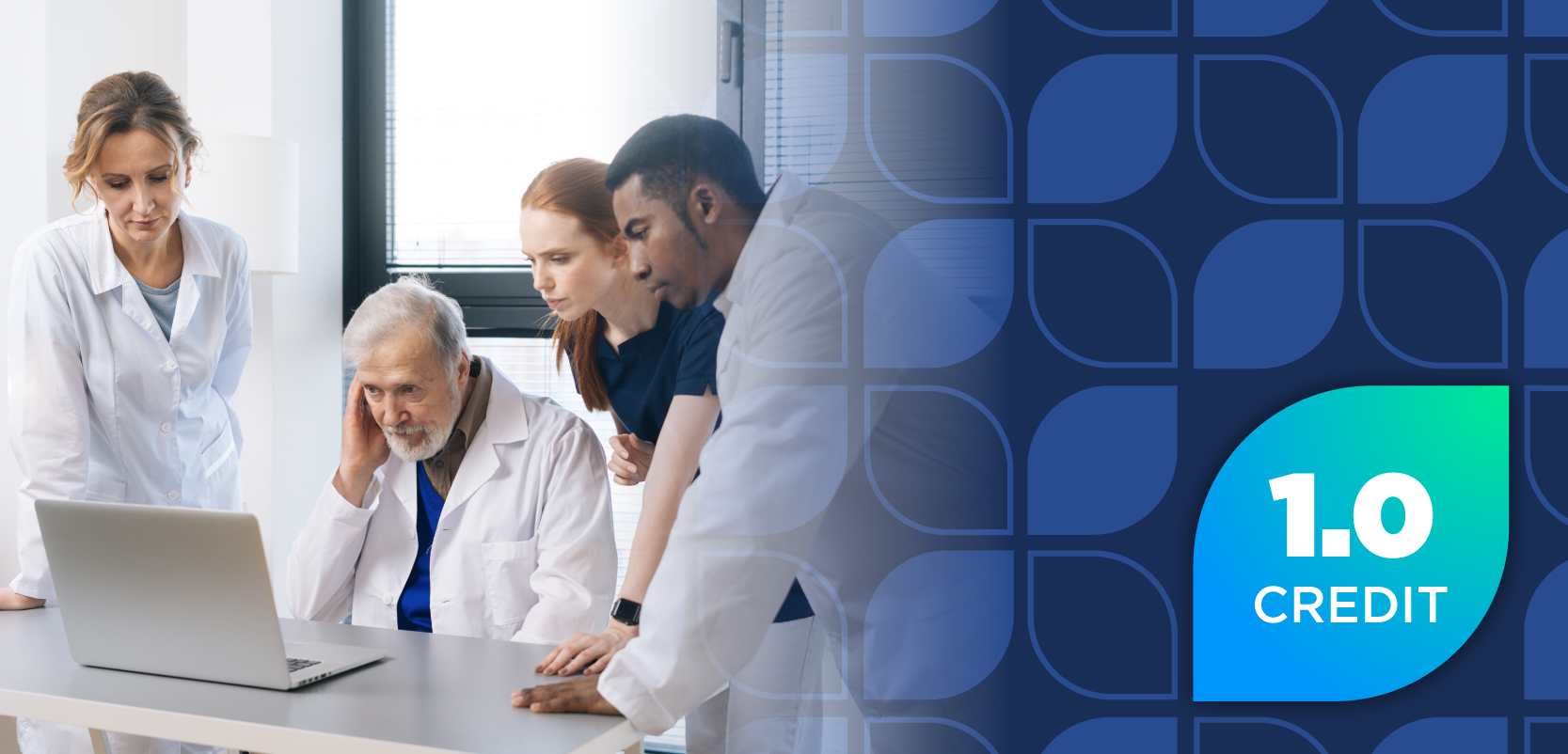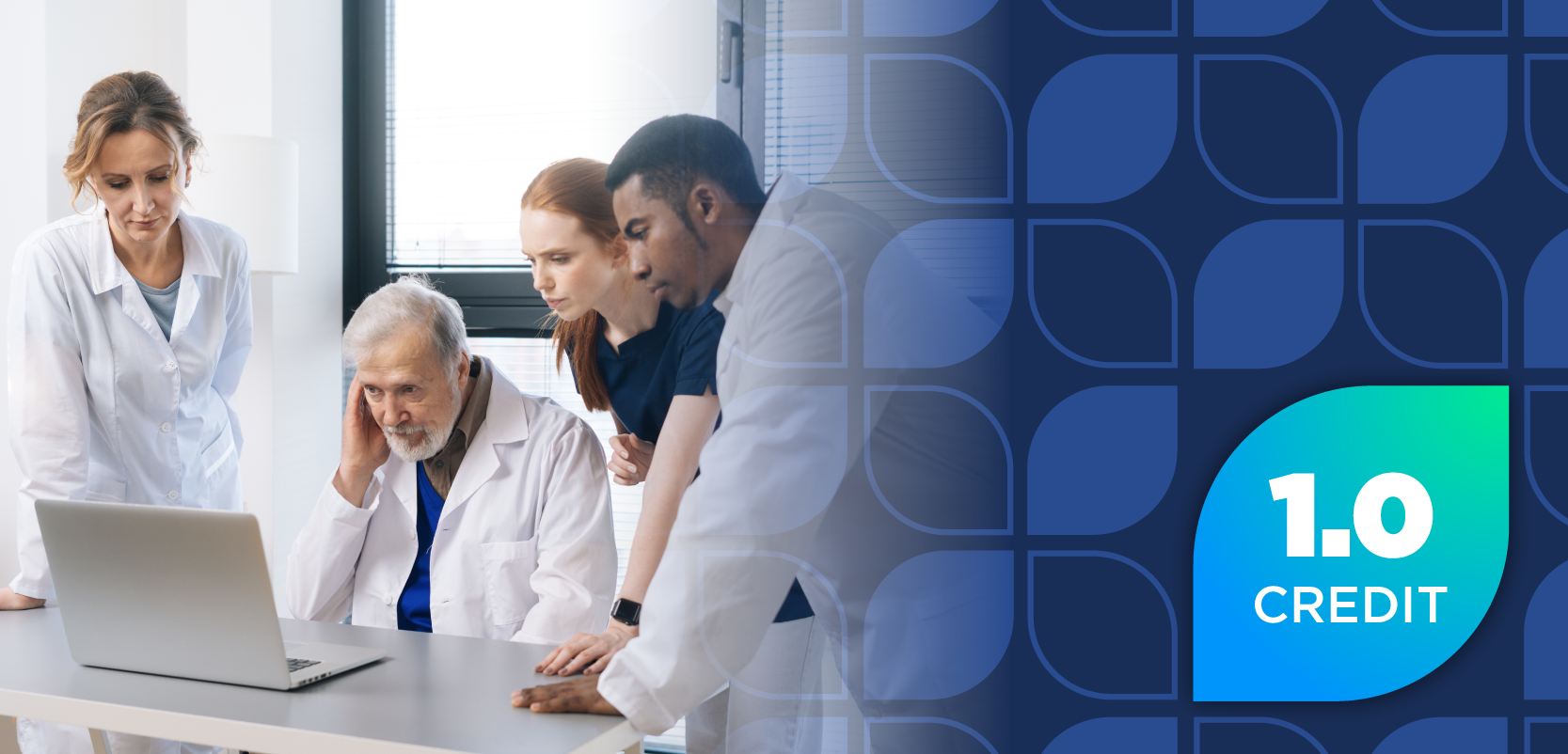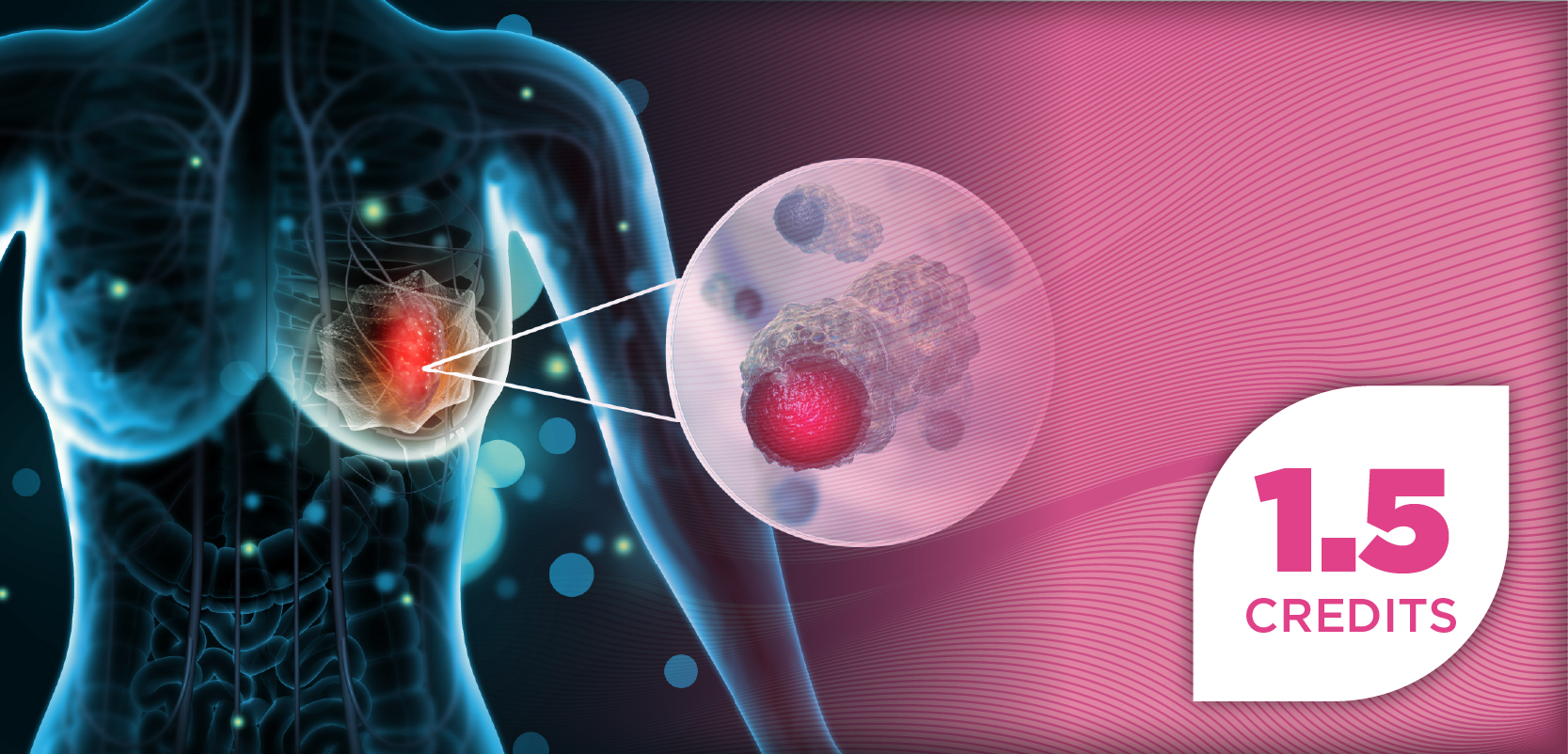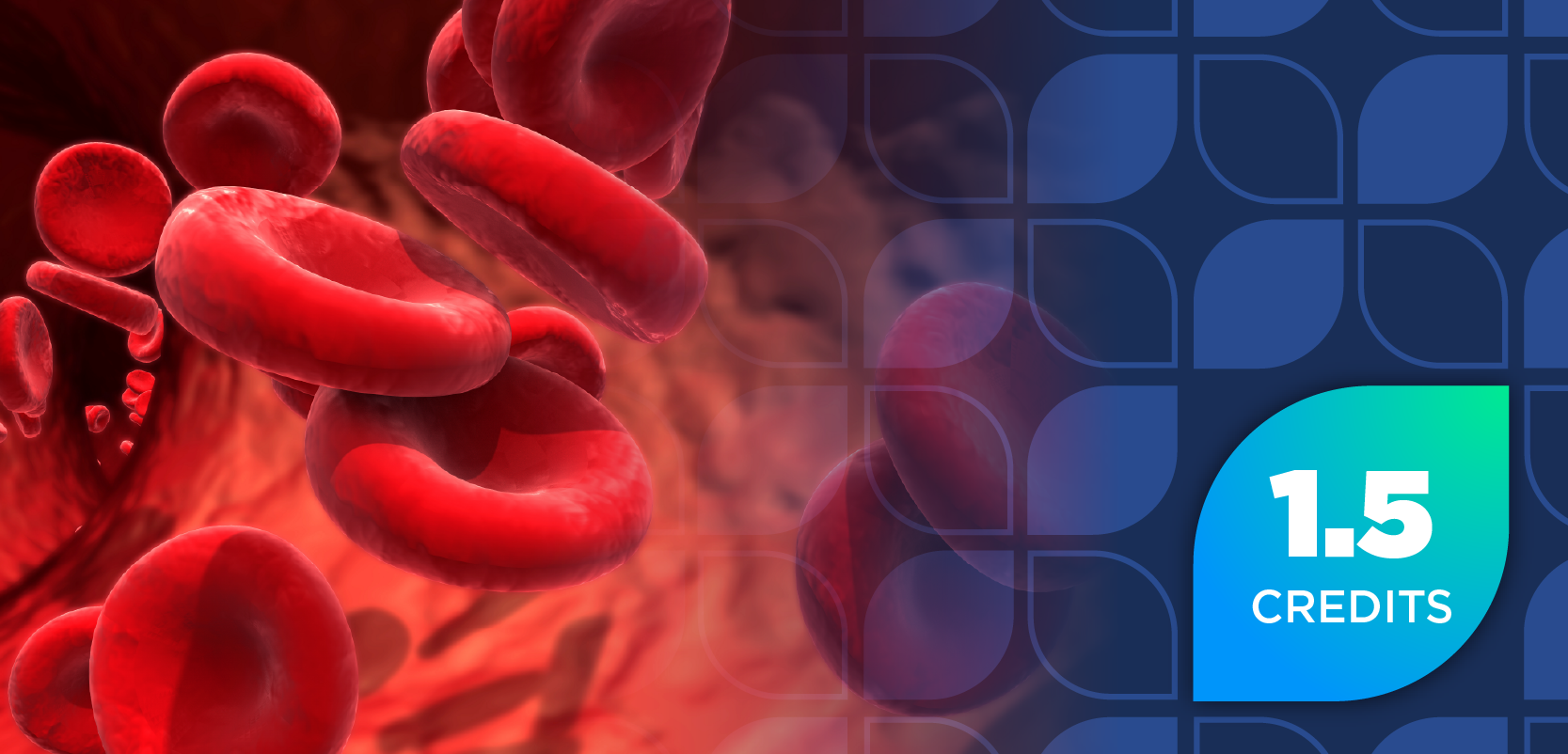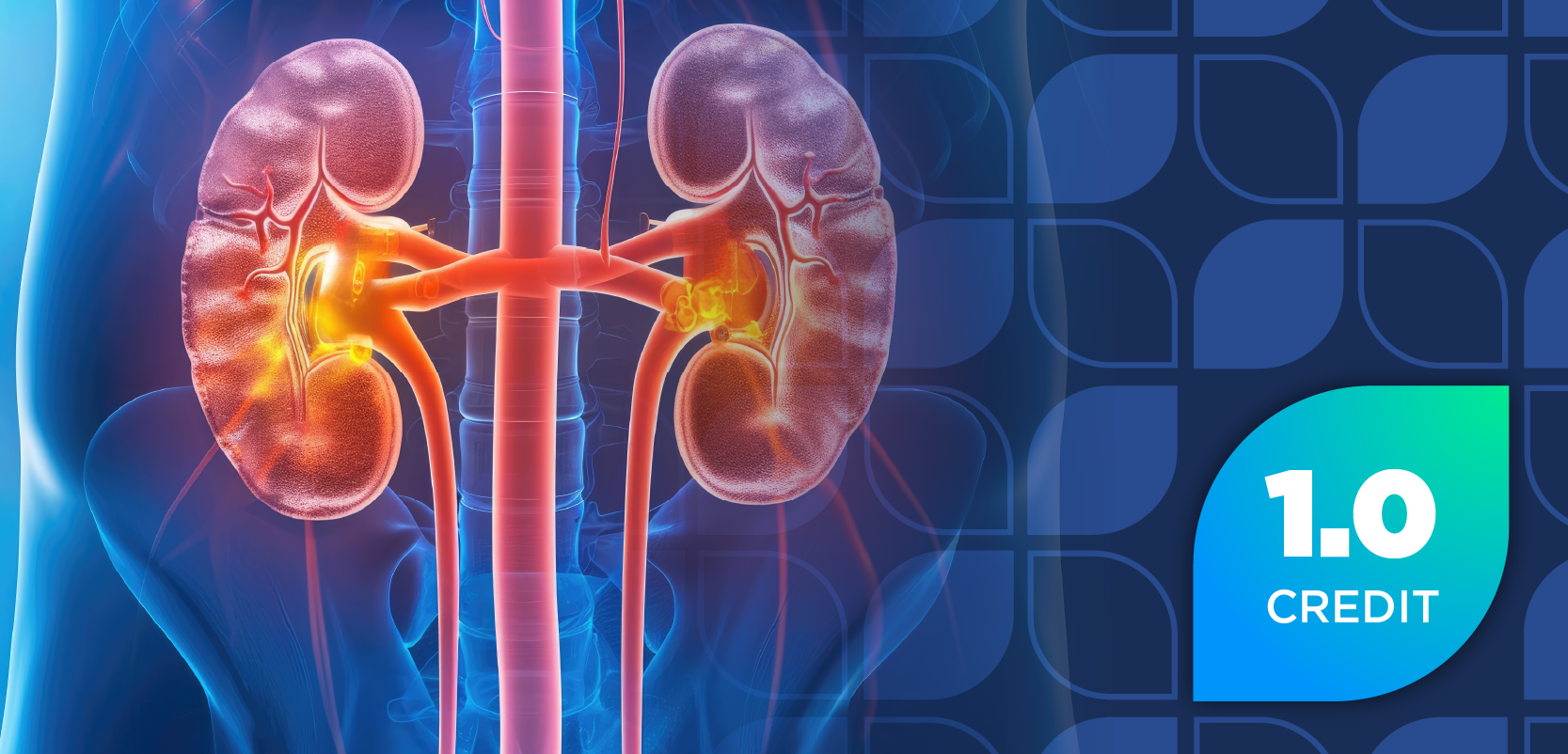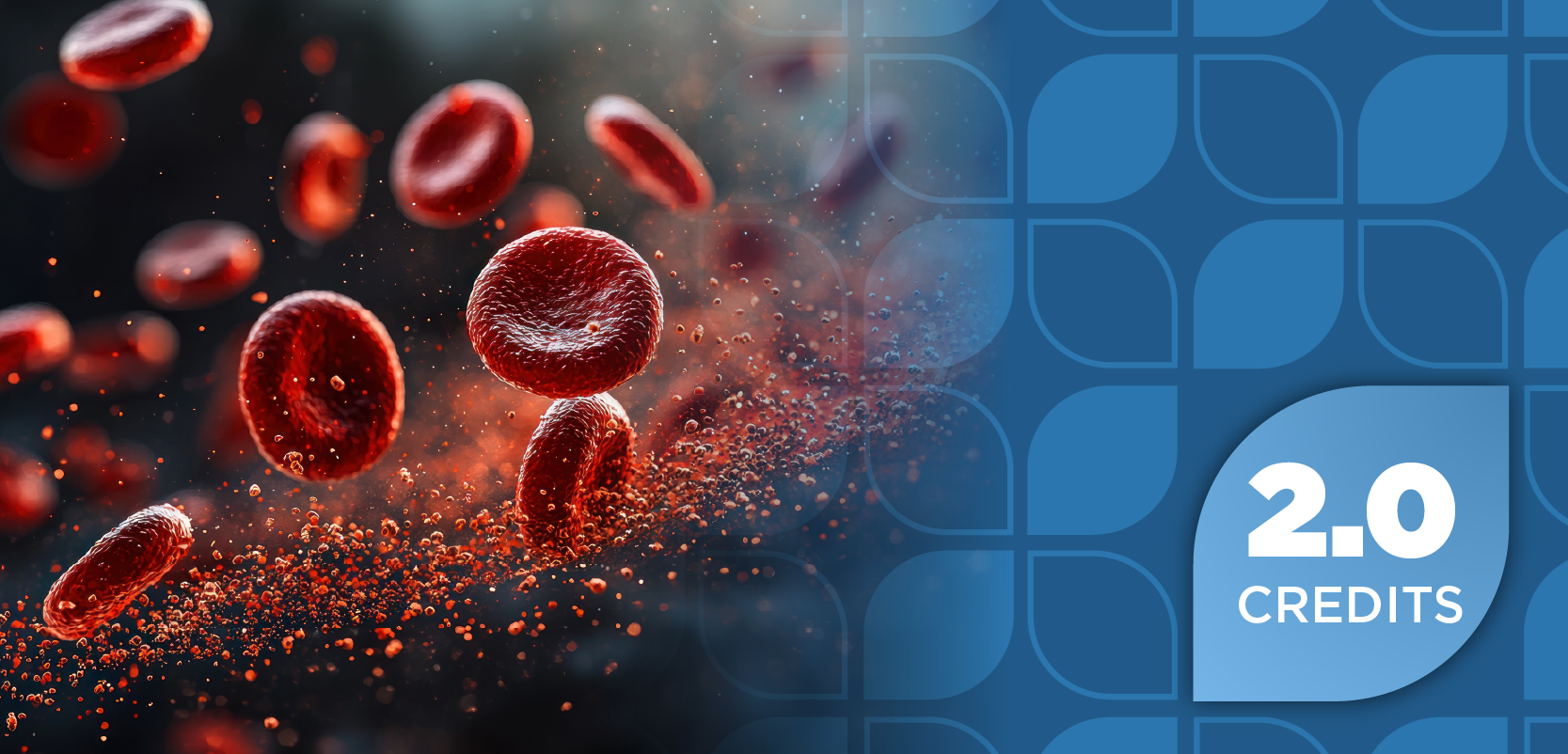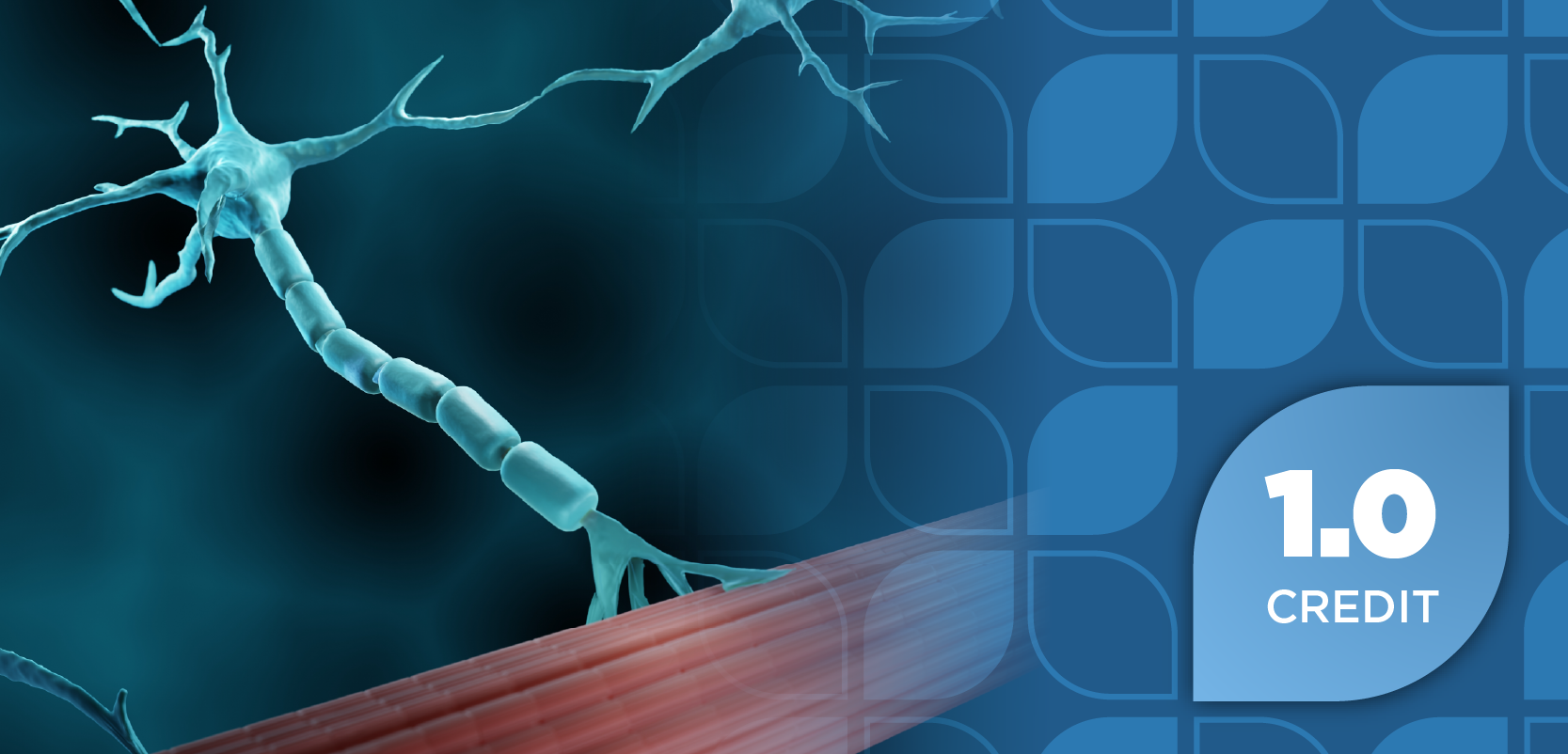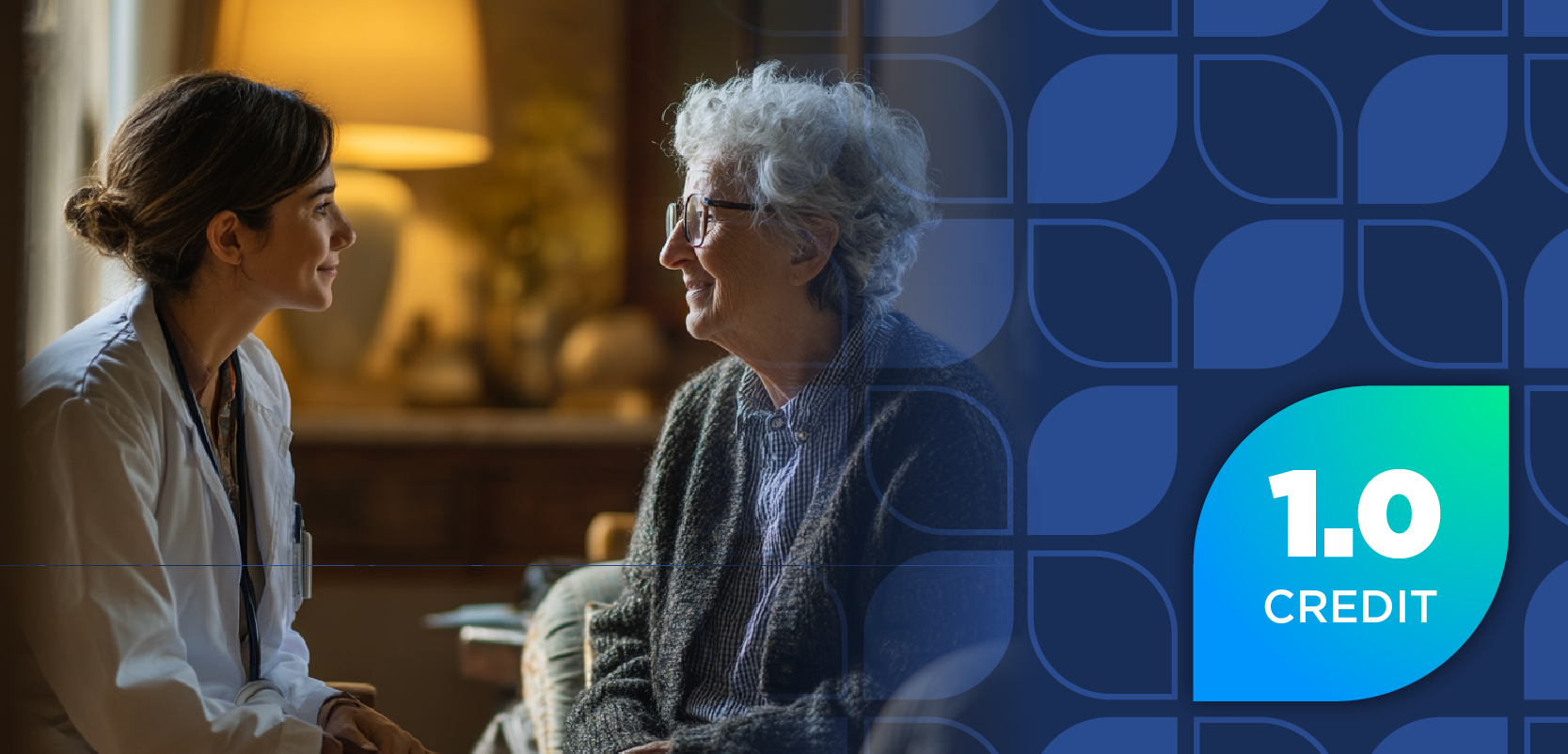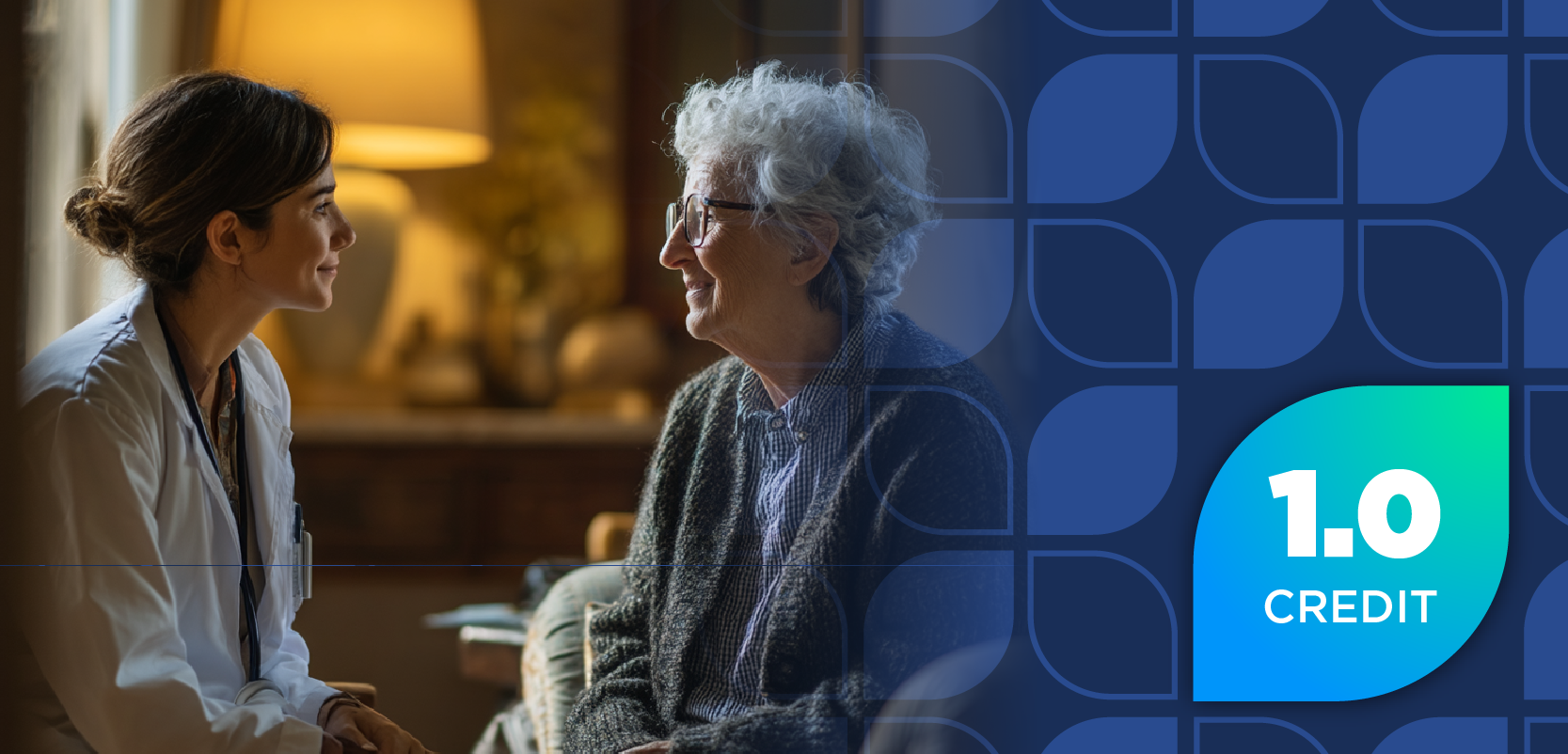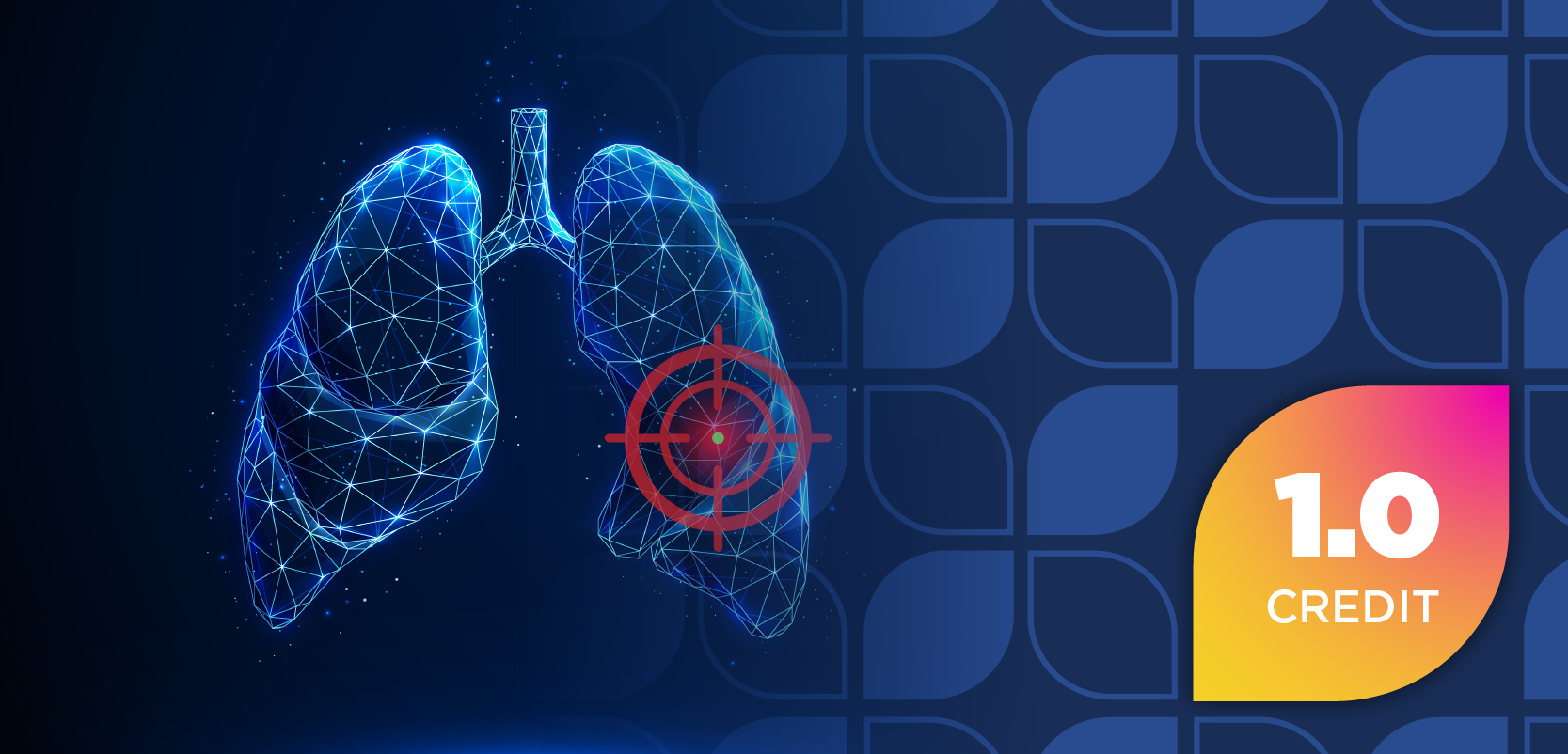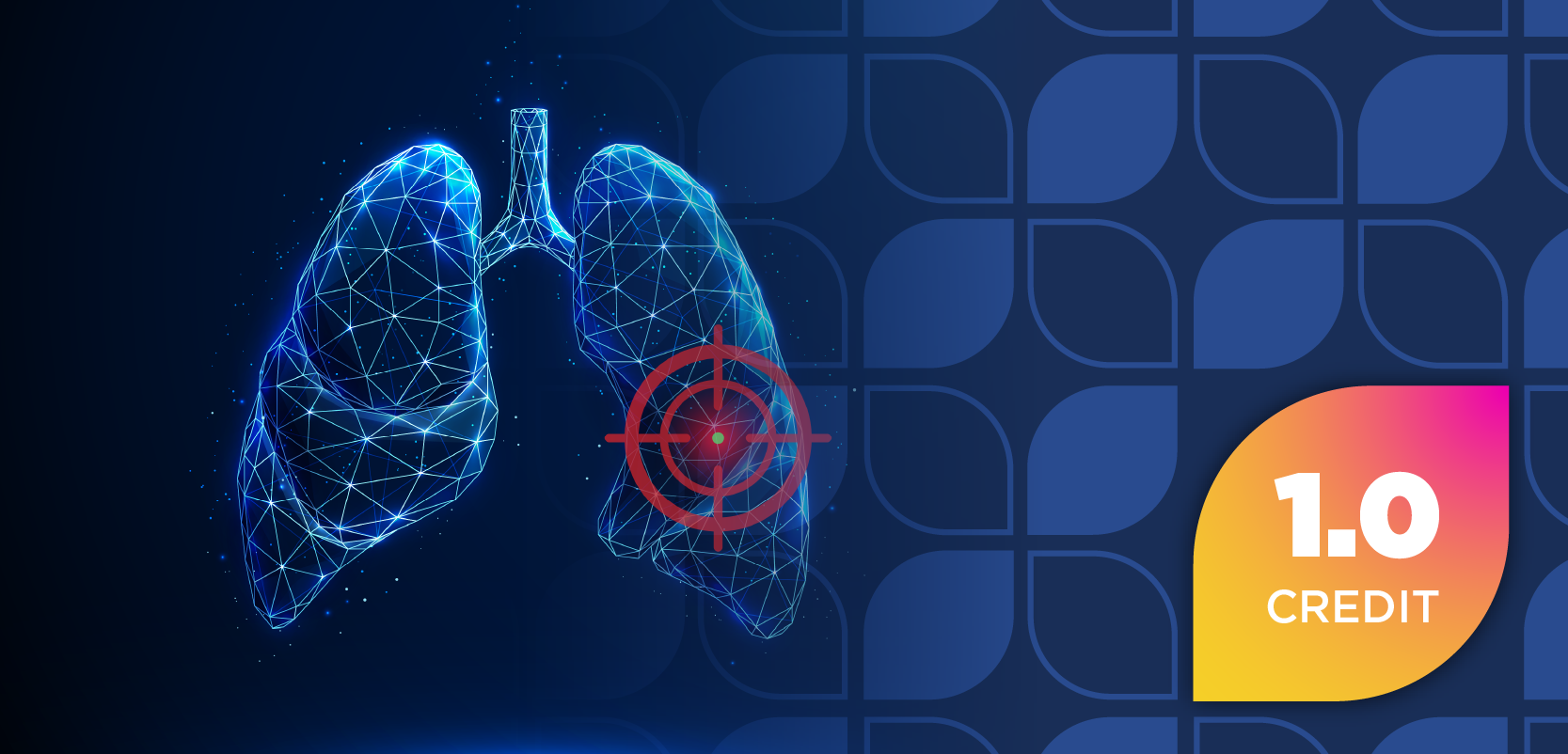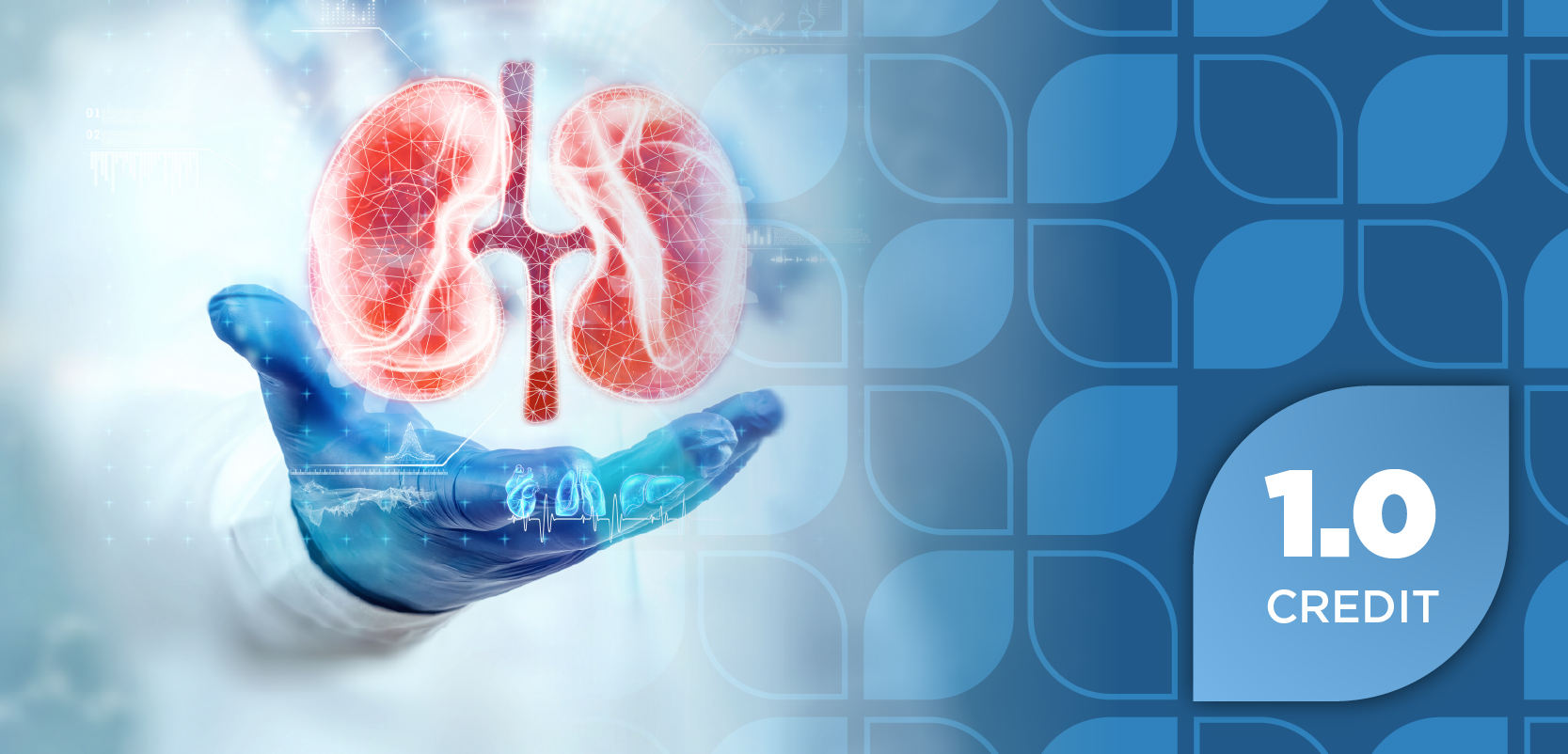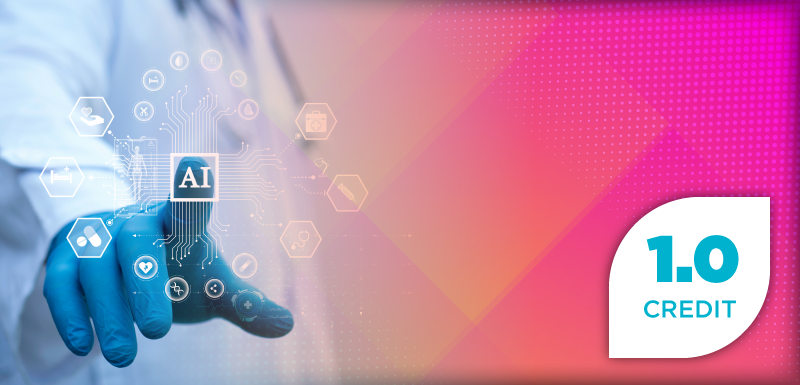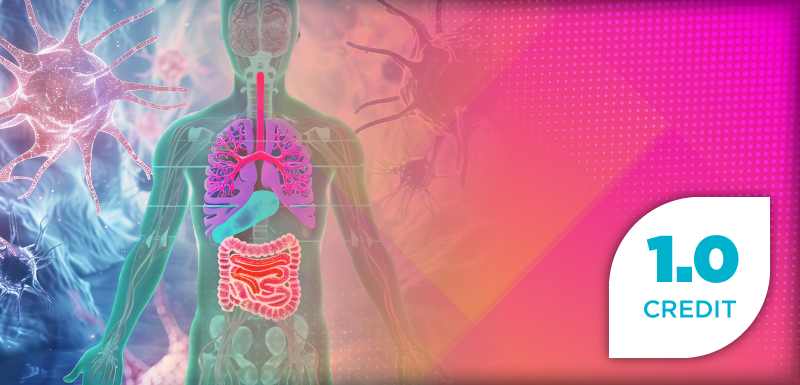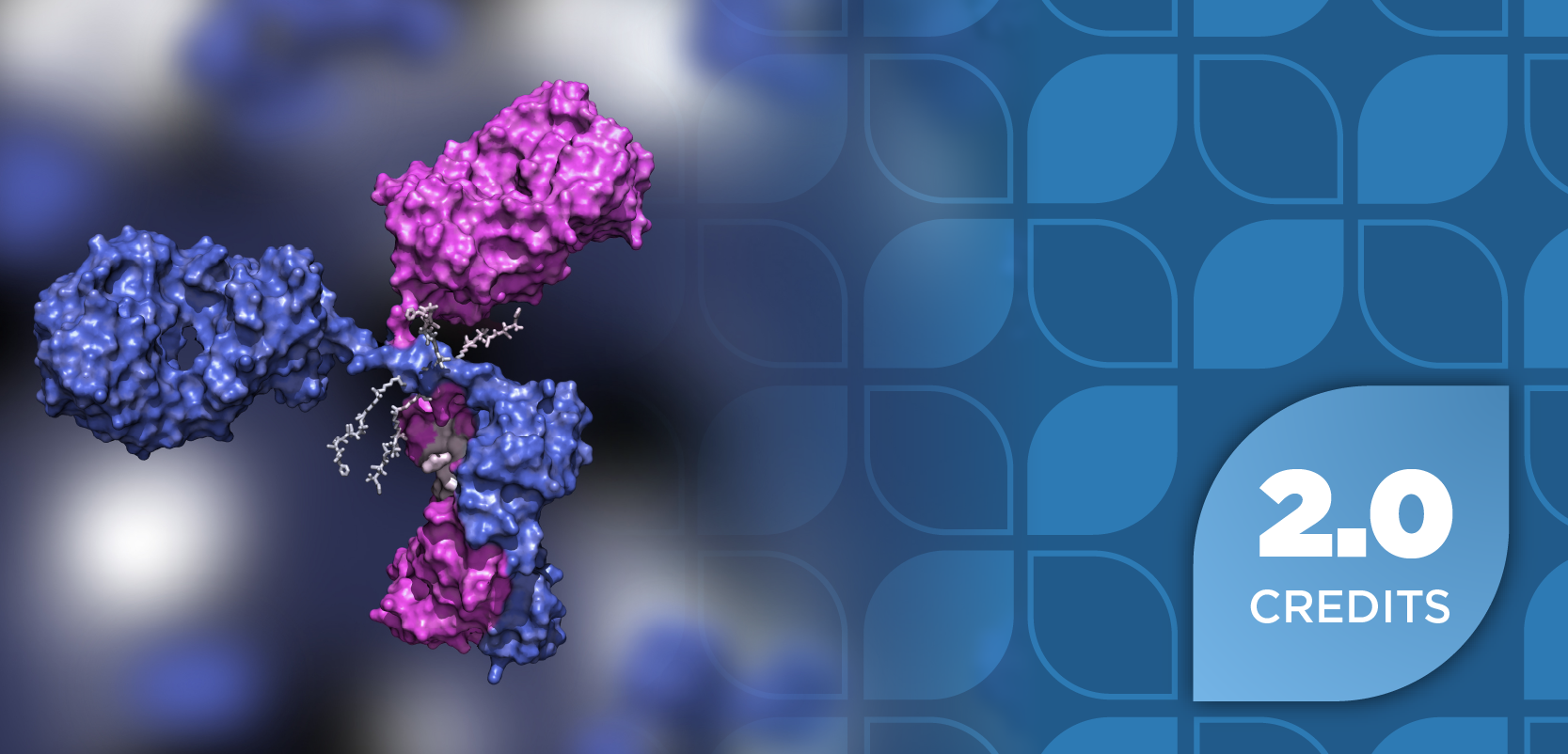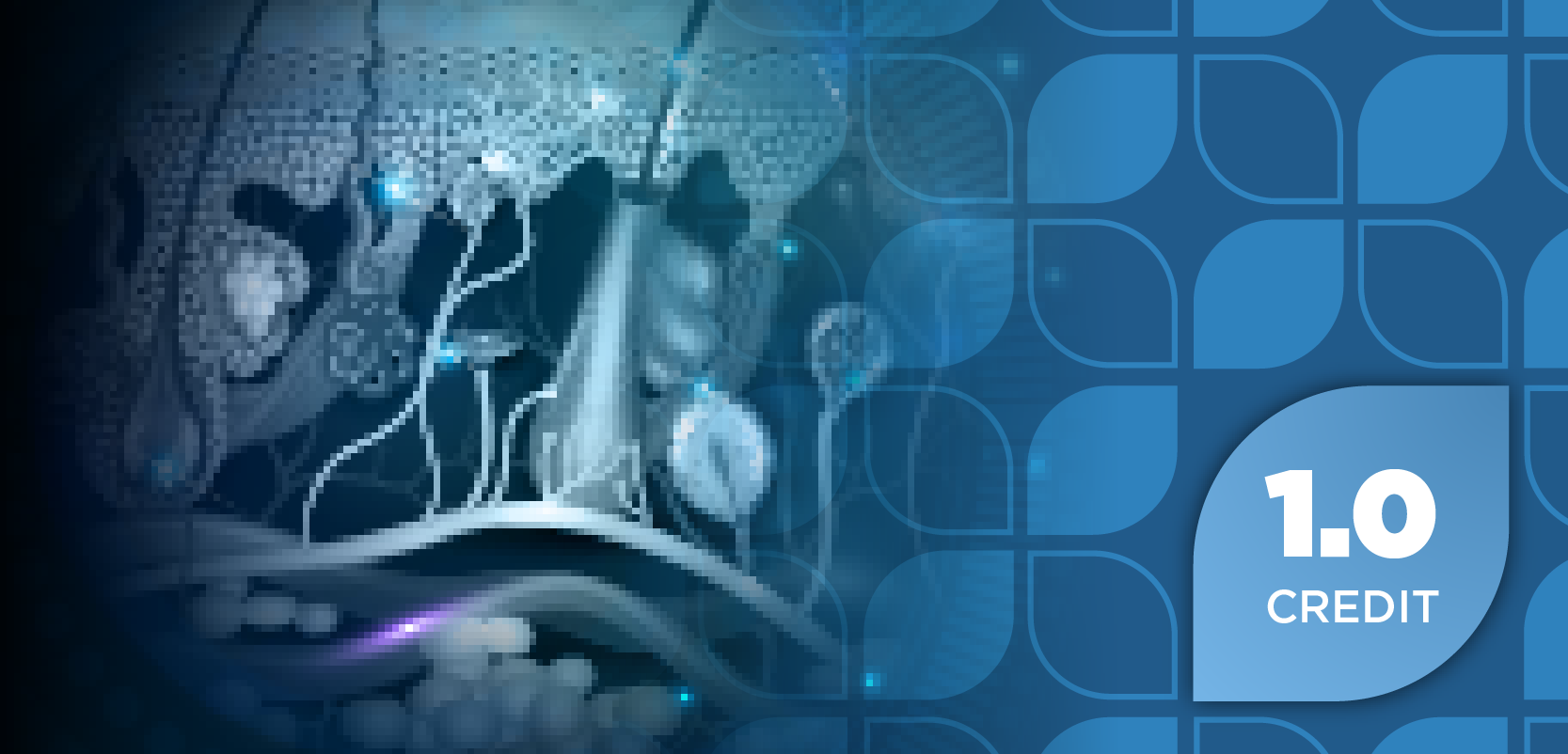As the push to increase pharmacists’ involvement in direct patient care grows, managers in all pharmacy practice locations are relying more on technicians to fill positions that do not necessarily require a pharmacist’s skill set. A growing trend in all industries is to automate any functions that do not need a human involved.1 Billing is one of those functions, but only to a point.2 Automation often results in claim rejection or a flag indicating prior authorization is needed, and someone needs to determine the problem. Enter a skilled pharmacy technician who is a problem solver.
Many pharmacy technicians dislike the billing and reimbursement responsibilities. First, billing for products needs to be completed before the medication is prepared, compounded, or provided to a patient, creating pressure. Technicians also need to be familiar with the patient’s co-pay structure. Increasingly, pharmacies are billing for services such as medication therapy management, and that process is different from the one used for medication.
About the Authors
Laura Nolan, CPhT, CSPT, is an academic assistant at the University of Connecticut School of Pharmacy in Storrs.
Jeannette Y. Wick, MBA, RPh, FASCP, is the director of the Office of Pharmacy Professional Development at the University of Connecticut School of Pharmacy in Storrs.
Many pharmacy employees believe billing and reimbursement is a simple data entry job. It is not. All employees need to remember that billing technicians are responsible for the pharmacy’s cash flow, which is usually substantial. Billing technicians need to be conscientious, reliable, and honest to ensure that patients receive what they need and funds are available to pay staff.
With that said, the ideal candidate to fill this position needs to work well under pressure (because the patient is waiting and needs the prescription), enjoy basic math, appreciate computer systems, and have a good memory so they can deal with repeat problems efficiently. Customer service skills are also necessary.
A RANGE OF RESPONSIBILITIES
Billing and reimbursement are more than just data entry. The position’s requirements differ depending on the type of pharmacy and the patient population. Another factor that affects the billing and reimbursement process is the accrediting body. The Table lists some duties associated with billing. Usually, billing and reimbursement technicians report to the pharmacist in charge or a manager.
In this area of specialization for technicians, one of the hurdles is learning the lingo. Terms such as adjudication, private vs federally funded insurance programs, patient assistance programs, average wholesale price, dispensing fees, gross and net profit, acquisition cost, and audit and compliance– related terminology are critical in the billing process.
IS THIS PATH RIGHT FOR YOU?
Ideal candidates for billing and reimbursement positions will need a high school diploma and certification as a pharmacy technician; in some practice locations, employers may require a bachelor’s degree in accounting, business administration, or marketing in more advanced positions.
Many technicians who excel in this position learn on the job, but the Pharmacy Technician Certification Board (PTCB) has a certificate program that introduces concepts common to third-party payers and situations unique to pharmacy.3 It is available to certified technicians who have varying amounts of work experience. It expands the participant’s knowledge base from a basic understanding of insurance programs and eligibility requirements to how claim processing and adjudication work. In addition, this program helps technicians understand the purpose of prior authorizations and strategies to deal with them efficiently. It also addresses ways to navigate audits and ensure contract compliance.3
The National Pharmacy Technician Association (NPTA) also offers a self-directed billing and reimbursement certificate program to certified pharmacy technicians.4 Its content is similar to the program offered by PTCB, and the program provides 4 hours of continuing education (CE) credit. Various other CE providers also offer courses in billing and reimbursement specifically for technicians.4
Technicians who develop keen skills in managing finances position themselves to move into more advanced jobs. In addition to the PTCB and NPTA certificate programs, more generic programs are available that expand skill sets.5 Interested individuals can look for programs that provide the certified accounts payable associate credential, or the more advanced certified accounts payable professional that prepares accounts payable professionals to assume supervisory positions.5
REFERENCES
1. Dhand S, Singh SK, Le TM. Automating routine tasks to improve entrepreneurial productivity. In: Nawaz Tunio M, ed. Improving Entrepreneurial Processes Through Advanced AI. IGI Global;2024:99-128.
2. Ramamoorthy SP. Streamlining workflows and reducing administrative costs with automation in pharmacy claims. Int J Eng Sci Res. 2024;12(12):13-19.
3. Billing and reimbursement. Pharmacy Technician Certification Board. Accessed January 15, 2025. https://www.ptcb.org/credentials/billing-and-reimbursement-certificate
4. Billing and reimbursement certificate program. National Pharmacy Technician Association. Accessed January 15, 2025. https://cpht.org/certifications/billing-reimbursement/
5. Accounts payable practitioner certification (CAPP). Institute of Financial Operations and Leadership. Accessed January 15, 2025.https://accounts-payable.org/accounts-payable-courses/capp/

